How to Read the Bible
Starting to read the Bible can be incredibly overwhelming. The following is some advice to get started:
START WITH THE four GOSPELS
No idea where to start? Begin at chapter 1 of the Gospel of John (or Matthew, Mark or Luke). These four books are the ancient biographies of the life of Jesus, and there is no better place to get started. Jesus is like the key that unlocks the big story of the entire Bible. It’s all about him. Because of this, it’s important to start with the heart of the Bible: the life, death, resurrection and ascension of Jesus Christ, the Son of God.
Have a plan
There are undoubtedly positives and negatives to Bible reading plans, but personally I feel the positives so outweigh the negatives to the degree that they can basically be ignored. That said, let’s address one. The main argument I hear against a structured plan is the old classic – “it so easily becomes a box-ticking chore instead of the life-giving experience it is meant to be”.
But can I propose a response: if I told my wife that any kind of regular date night is off the table because that commitment would feel like a box-ticking chore, I would be in some trouble. And yet, I hope that it is plain to see that planning a regular time together as a couple is part of maintaining a healthy marriage.
The same is true for our relationship with God. The way to war against falling into dull, task-driven Bible reading isn’t to not plan to read the Bible. It’s to plan read the Bible with God.
WORK YOUR WAY THROUGH ENTIRE BOOKS
Have you read the whole Bible before? All sixty-six books? If not, then consider making a plan to start. Each book is unique and vital for understanding God and life with Him. It’ll take some time for sure, but it’s the way God has ordained we grow in grace. There are some great Bible in One Year plans out there, however if the load seems like too much, cut it in half and do it over two years, or even three or four. Here are some guides with some great advice and plans:
Finding a Bible Reading Plan That’s Right for You by Trevin Wax
Bible Reading Plans by Justin Taylor
JUST A LITTLE BIT EVERY DAY
Like forming any new habit, the key is consistency, not just duration. Start small and build over time, but aim for a little bit every day. For example, you might read for 5-10 minutes over breakfast, and then 5-10 minutes at bed time. Sometimes less is more, rather than reading pages and pages, consider just meditating on a few verses deeply. Find a time that works for you and make it a priority.
BUT FIRST, PRAY
Any plan to read the Bible is never just about reading the Bible, it’s about hearing from God. The key that unlocks the door to live-giving Bible reading is prayer. Pray before you read, pray as your read, pray when you have finished. Invite God into your space and circumstances. Fight the urge to find satisfaction in ticking off chapters (confession: this is hard for me), and seek to find joy in listening to the words of your creator.
WRITE IT DOWN
Journalling can be a powerful way of processing everything you’re reading. There is something about holding a pen and thinking about each word as you write that really helps with clarity. Try this basic approach:
- First, if there is a verse or two that leap off the page, write them down word for word as you roll them around your head.
- Second, write down what the passage is trying to communicate, or any other reflections on the text. What timeless truths does it contain?
- Finally, write a prayer to God in response to what you’ve read.
HEAD, HEART, HANDS
There is a wrong way to read the Bible. James 1:22 commands us to “be doers of the word and not hearers only, deceiving yourselves.” The very real trap is to read the bible for information only, and therefore failing to read it for transformation. Once you’ve read and understood a passage, ask yourself three questions: What does this mean for my head, my heart and my hands.
- Head: How does this change my understanding about God, myself, and my world? Does this correct any mistaken assumptions, or worldly thinking?
- Heart: How does this affect my heart? How does this encourage me? Does this reveal any ways I’ve been treasuring other things more than God?
- Hands: What needs to change in my life? What do I need to stop? What do I need to do?
The COMA Method
The COMA Bible Study Method is an in depth method to study the Bible from David Helms Book “One-to-One Bible Reading”.
Read the passage aloud.
You ask some context questions of the text:
What sort of writing is this? (A letter, a narrative, a poem?)
Are there any clues about the circumstances under which it was written?
What has happened so far?
3. You ask some observation questions of the text:
Are there any major sub-sections or breaks in the text?
What is the main point or points?
What surprises are there?
What are the key words? What words or ideas are repeated?
4. You may ask some meaning questions of the text:
How does this text relate to other parts of the book?
How does the passage relate to Jesus?
What does this teach us about God?
How could we sum up the meaning of this passage in our own words?
5. You may ask some application questions of the text:
How does this passage challenge (or confirms) my understanding?
Is there some attitude I need to change?
How does this passage call on me to change the way I live?
